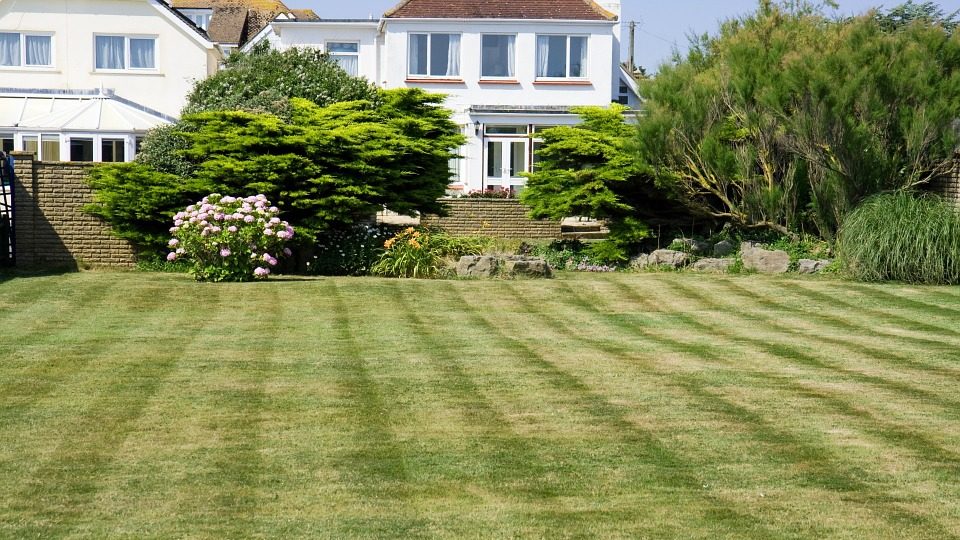
Fact Sheets And Publications
- Health & Well-being
-
Agricultural Programs
- Agribusiness
- Animal Science
- Beginning Farmer Program
- Commercial Crops
- Commericial Horticulture
- Delaware Soil Testing Program
- Disease Management
- Farm Vitality and Health Project
- Irrigation
- Nutrient Management
-
Insect Pest Management
- Insect Trapping Program
- IPM Hot Topics
- Commercial Field Crop Insect Management
- Commercial Field Crop Disease Management
- Commercial Fruit & Vegetable Crop Pest Management
- EIPM Implementation Projects
- Pollinators
- Research and Extension Demonstration Results
- Brown Marmorated Stink Bug (BMSB) Management, Research, and Resources
- Publications
- Pesticide Safety Education Program
- UD Plant Diagnostic Clinic
- Variety Trials
- Weed Science
- Certified Crop Advisor Program
- Poultry Biosecurity
- 4-H
-
Horticulture
- Climate Variability and Change
- Delaware Soil Testing Program
- Forestry
- Lawn and Garden
- Master Gardeners
- Master Naturalist Program
-
Nutrient Management
- Nutrient Management Certification
- Continuing Education for Nutrient Management
- Nutrient Management Planning Resources
- Commercial Nutrient Handler Resources
- Poultry Litter and Manure Management
- Turf Management
- Agriculture Notebook
- Horticulture Handbook
- Agriculture & Horticulture Handbooks
- Crop Production
- Soil Fertility
- Delaware Climate Change Coordination Initiative (DECCCI)
- Salt Impacted Agricultural Lands

Livable Lawns - Managing a Healthy Lawn
The benefits of a healthy, attractive lawn are many and diverse. Lawns prevent erosion, provide cooling, reduce dust and mud, remove pollutants from the environment, absorb CO2 and produce 02 Lawns provide a safe, comfortable surface for many athletic and social activities. Areas of lawn, whether large or small, help bring green to the urban environment. Lawns provide the carpet upon which other plants are located and act as a unifying feature in the landscape.
In fact, lawn is such an important component of most landscapes, its location should be planned when designing the landscape. But people in the United States have a love affair with the lawn and use it everywhere. Instead, incorporate lawn to serve as play areas, pathways and gathering spaces. Once you have allocated useful spaces for lawn, manage everything else in the landscape as an alternative to lawn such as, forest or tree grove, meadow, or landscape bed. See Livable Ecosystems: A Model for Suburbia for ideas about how to incorporate forest groves, meadows and landscape beds into the home landscape.
UD Cooperative Extension
This institution is an equal opportunity provider.
In accordance with Federal law and U.S. Department of Agriculture policy, Cooperative Extension is prohibited from discriminating on the basis of race, color, national origin, sex, age, or disability.
The University of Delaware is an Equal Opportunity Institution and Provider. Visit UD’s Office of Equity & Inclusion to learn more.
Additional Links
531 South College Avenue Newark, DE 19716 (302) 831-2501
